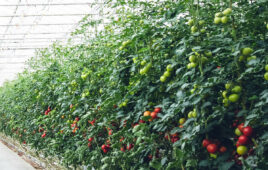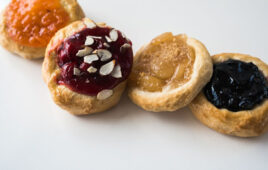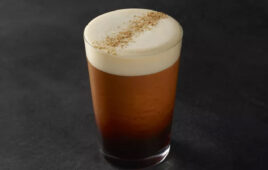From meats and tofu to vegetables and herbs, the sauté is one of the simplest yet most essential cooking techniques.
Sautéing is the act of lightly frying ingredients in a shallow layer of fat, typically in a wide pan or skillet. It is considered a dry-heat form of cooking—as in, it doesn’t require water—and focuses on acquiring that desirable browned texture to the outside of the ingredients. Sauteing is ideal when crisping vegetables, breaking down aromatics, or browning meat.
How Does a Club Chef Sauté Ingredients?
A club chef heats a small amount of fat—typically oil or butter—at high heat before adding a single layer of ingredients at a time. The open pan allows the food to brown and break down evenly while taking on the rich flavor of the cooking fat. With equal access to the heat on the pan, the chef can ensure a more balanced result without having to deep fry or boil.
Proper Sautéing Tips
Sautéing is most successful when cooking smaller ingredients that can easily move around the pan—such as garlic, onions, tomatoes, other chopped vegetables, or diced meat.
A chef begins with a shallow, yet wide pan with sloped sides. The pan should be large enough to allow a single layer of ingredients to hit the oil without crowding.
Just enough fat is added to coat the bottom of the pan, making sure not to let it pool too high on the sides. Before adding the ingredients, the chef may test the heat of the fat with a drop of water. If the pan is not hot enough, for example, the food will absorb too much of the fat and fail to brown.
The ingredients are then added to the pan and allowed to sit for several minutes without disruption, encouraging the bottom layer to crisp up. Ingredients are then flipped in the air or with a spatula until the ingredient is evenly browned and heated to the correct temperature.




